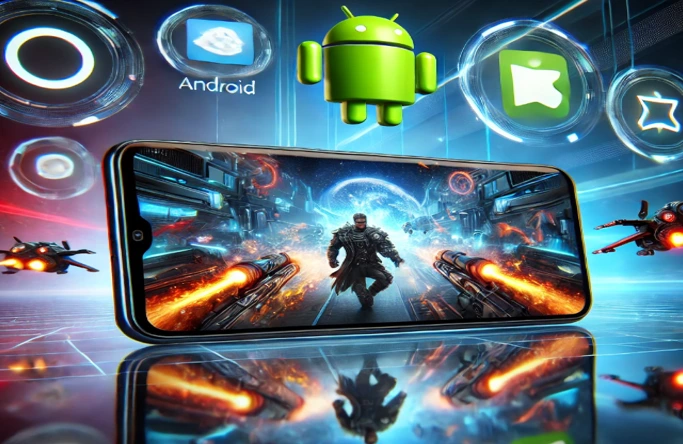A Detailed Guide for Mobile Gamers
Mobile gaming has exploded in popularity over the past decade, evolving from simple time-killers like Candy Crush to console-quality experiences like Genshin Impact and Call of Duty Mobile. By 2025, the mobile gaming industry is projected to dominate the global gaming market, thanks to powerful hardware, faster networks like 5G, and innovative mobile operating systems (OS). If you’re a gamer looking to maximize your experience, the OS running your device plays a pivotal role. It’s not just about the phone’s processor or screen—it’s about how the operating system optimizes performance, supports game libraries, and enhances your overall gameplay.
In this blog post, we’ll dive deep into the best mobile operating systems for gaming in 2025, using the latest data and trends. Whether you’re a casual player or a hardcore enthusiast, this guide will help you pick the OS that suits your gaming needs. We’ll explore the heavyweights like Android and iOS, as well as emerging players, and break down what makes each one shine for gamers. Let’s level up and get started!
Why the Mobile OS Matters for Gaming
Before we jump into the list, let’s talk about why the operating system is a game-changer (pun intended) for mobile gaming. The OS is the backbone of your device—it manages hardware resources, ensures smooth app performance, and dictates how well games run. A good gaming OS offers:
- Performance Optimization: Efficient CPU and GPU management for lag-free gameplay.
- Game Library Access: A robust app store with a wide variety of titles.
- Customization: Options to tweak settings for better frame rates or battery life.
- Hardware Compatibility: Support for controllers, high-refresh-rate displays, and cooling systems.
- Updates: Regular software updates to keep games running smoothly on the latest tech.
In 2025, mobile gaming is expected to account for over 60% of the global gaming market, according to industry reports. With that in mind, let’s explore the top mobile operating systems that are leading the charge.
Android: The King of Flexibility and Variety
Overview
Android, developed by Google, remains the undisputed leader in the mobile OS market, holding a whopping 72.04% global market share in Q4 2024 (Statista). By March 2025, this dominance is likely to continue, especially for gamers. Why? Android’s open-source nature and vast ecosystem make it a paradise for mobile gaming.
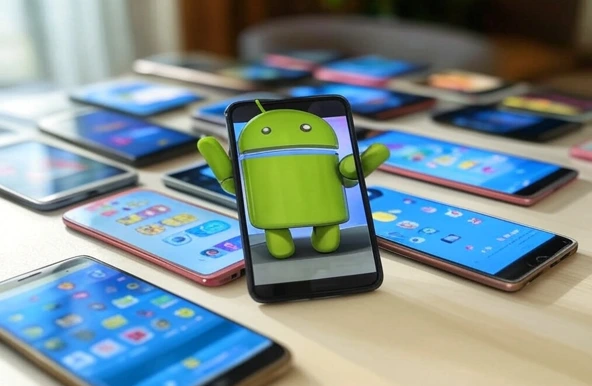
Why Android Excels for Gaming
- Massive Game Library: The Google Play Store boasts over 3 million apps, including a huge selection of games. From indie gems to AAA titles, Android has it all.
- Hardware Variety: Android powers devices from budget-friendly options like the Poco X7 Pro to gaming beasts like the Asus ROG Phone 9 Pro. This range means you can find a gaming phone that fits your budget.
- Customization: Android lets you tweak everything—install custom ROMs, overclock your device, or use third-party apps like Game Booster to optimize performance.
- High-Performance Features: The latest Android 15 (released September 2024) supports advanced gaming features like 120Hz+ refresh rates, ray tracing, and AI-driven performance boosts.
- Controller Support: Android’s compatibility with Bluetooth controllers (e.g., Xbox, PlayStation) makes it ideal for immersive gaming.
Gaming Highlights in 2025
Android 15 brings several gamer-friendly upgrades:
- Better Battery Management: Enhanced power-saving modes ensure longer play sessions.
- Improved Graphics: Support for Vulkan API and ray tracing delivers console-like visuals.
- Cross-Device Sync: Seamless gaming across phones, tablets, and even TVs via Android’s ecosystem.
Devices like the RedMagic 10 Pro (with its Snapdragon 8 Elite chipset and 7050mAh battery) and Samsung Galaxy S25 Ultra (featuring an overclocked Snapdragon 8 Elite) showcase Android’s gaming prowess. These phones, paired with Android’s flexibility, deliver top-tier performance for titles like PUBG Mobile and Honkai Star Rail.
Drawbacks
- Fragmentation: Not all Android devices get timely updates, which can affect game compatibility.
- Bloatware: Some manufacturers load devices with unnecessary apps, slowing down performance.
- Optimization Variability: Game performance depends heavily on the phone maker’s software tweaks.
Best Android Devices for Gaming in 2025
- Asus ROG Phone 9 Pro: 185Hz display, Snapdragon 8 Elite, and gaming-specific triggers.
- RedMagic 10 Pro: 120Hz AMOLED, massive battery, and advanced cooling.
- Poco X7 Pro: Affordable yet powerful with a 120Hz refresh rate.
Verdict
Android is the go-to OS for gamers who value variety, customization, and affordability. If you’re willing to invest in a high-end device and tweak settings, Android delivers an unmatched gaming experience.
iOS: Premium Performance and Exclusive Titles
Overview
Apple’s iOS, powering iPhones and iPads, holds a 27.49% market share globally (Statista, Q4 2024). While it trails Android in volume, iOS dominates the premium gaming segment in 2025, thanks to its tight hardware-software integration and growing library of AAA titles.
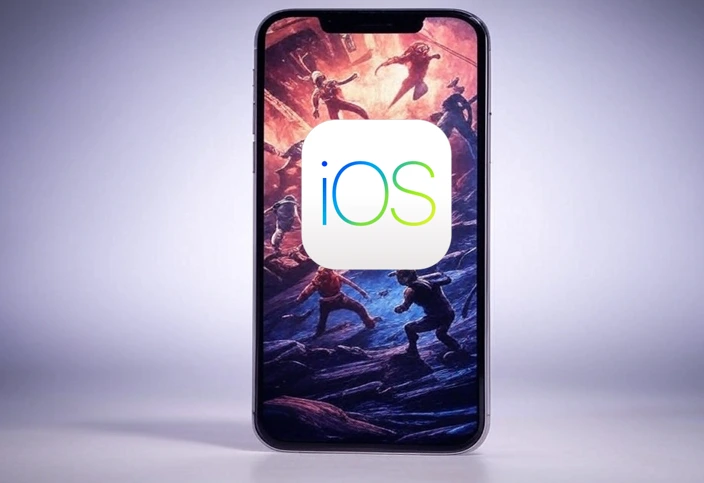
Why iOS Rocks for Gaming
- Unmatched Optimization: Apple’s A-series chips (like the A18 Pro in the iPhone 16 Pro Max) are tailored for iOS, delivering silky-smooth performance.
- AAA Titles: iOS has become a hub for console ports like Resident Evil Village and Assassin’s Creed Mirage, thanks to powerful hardware and developer support.
- Apple Arcade: A subscription service offering ad-free, high-quality games exclusive to iOS.
- High-Refresh Displays: The 120Hz ProMotion displays on iPhone 16 Pro models make games like Genshin Impact buttery smooth.
- Ecosystem Perks: Sync your progress across iPhone, iPad, and Mac seamlessly.
Gaming Highlights in 2025
The latest iOS 19 (expected September 2025) promises:
- Enhanced AI: Smarter resource allocation for gaming, reducing heat and battery drain.
- AR Integration: Augmented reality games will shine with Apple’s ARKit advancements.
- Faster Updates: Apple’s swift rollout of updates ensures games stay optimized.
The iPhone 16 Pro Max, with its 6.9-inch 120Hz OLED and 8GB RAM, is a gaming powerhouse. It handles demanding titles with ease, though it heats up during extended sessions.
Drawbacks
- Pricey Hardware: You’ll need a high-end iPhone (starting at $999+) for the best experience.
- Limited Customization: No custom ROMs or deep tweaks like Android.
- Battery Life: Heavy gaming drains the battery faster than some Android rivals.
Best iOS Devices for Gaming in 2025
- iPhone 16 Pro Max: Top-tier performance with a huge display.
- iPad Pro (M4): Massive screen and laptop-level power for immersive gaming.
- iPhone 16 Pro: Compact yet powerful alternative.
Verdict
iOS is perfect for gamers who want premium performance and exclusive titles without fussing over settings. If you’re deep in Apple’s ecosystem and don’t mind the cost, it’s a stellar choice.
HarmonyOS: The Rising Challenger
Overview
Huawei’s HarmonyOS, launched as an Android alternative, is gaining traction in 2025, especially in Asia. Designed for cross-device compatibility, it’s a dark horse in the gaming world.
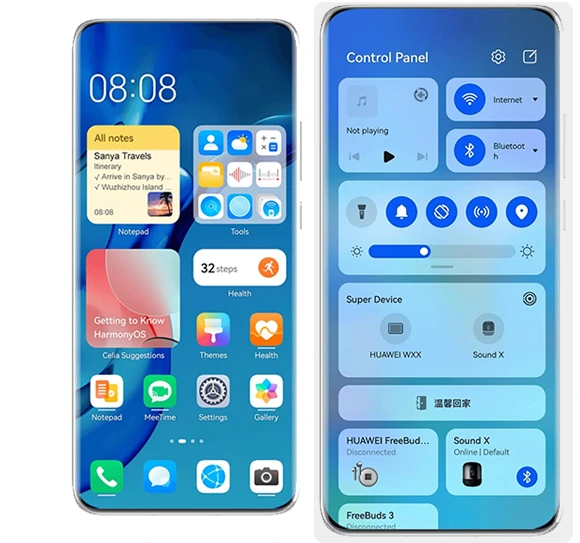
Why HarmonyOS Stands Out
- Cross-Device Play: Start a game on your phone, continue on a tablet or TV—Harmony “
OS makes it seamless.
- Performance Boost: The latest HarmonyOS Next (2025) ditches Android’s framework for a lighter, faster system.
- Growing App Store: Huawei’s AppGallery is expanding, with popular games like Free Fire and Asphalt 9 available.
- AI Optimization: Smart resource management enhances frame rates and reduces lag.
Gaming Highlights in 2025
- Distributed Gaming: Play multiplayer games across devices with low latency.
- Battery Efficiency: Advanced power-saving tech rivals Android and iOS.
- 5G Integration: Optimized for cloud gaming with ultra-fast networks.
Devices like the Huawei Mate 60 Pro showcase HarmonyOS’s potential, with high-refresh-rate screens and Kirin 9100 chips tailored for gaming.
Drawbacks
- Limited Global Reach: Strong in China, but less prevalent elsewhere.
- Smaller Game Library: AppGallery lags behind Google Play and the App Store.
- Learning Curve: Non-Android users might need time to adapt.
Verdict
HarmonyOS is a promising option for gamers in Huawei’s ecosystem or regions where it’s widely available. It’s not yet a global gaming leader but has serious potential.
KaiOS: Budget Gaming for Feature Phones
Overview
KaiOS powers affordable smart feature phones, holding a niche 0.17% market share (Statista, Q4 2024). While not a traditional gaming OS, it’s carving out a space for casual gamers in 2025.
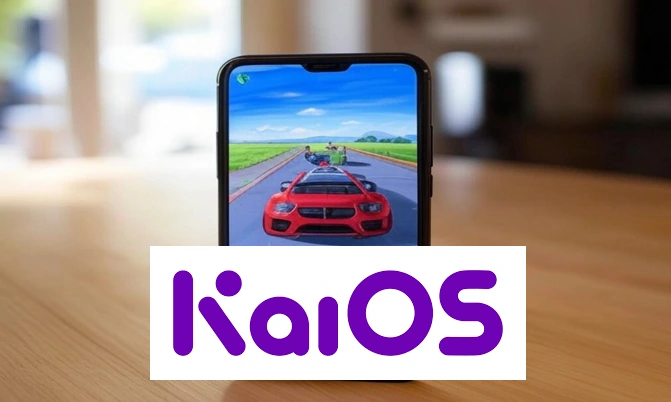
Why KaiOS Works for Gaming
- Lightweight Design: Runs smoothly on low-spec devices with 256MB RAM.
- Affordable Access: Phones like the Nokia 8110 4G cost under $100.
- Casual Games: Supports HTML5-based titles like 2048 and Snake.
Gaming Highlights in 2025
- WhatsApp Integration: Multiplayer gaming via chat apps.
- Cloud Gaming Push: KaiOS is experimenting with streaming services for basic titles.
Drawbacks
- Limited Power: Can’t handle graphically intensive games.
- Tiny Screens: Not ideal for immersive experiences.
Verdict
- KaiOS is for budget-conscious casual gamers who don’t need AAA titles. It’s a niche player, but it’s growing.
GrapheneOS: Privacy-First Gaming
Overview
GrapheneOS, a privacy-focused fork of Android, is a lesser-known OS gaining attention in 2025 for security-conscious gamers.
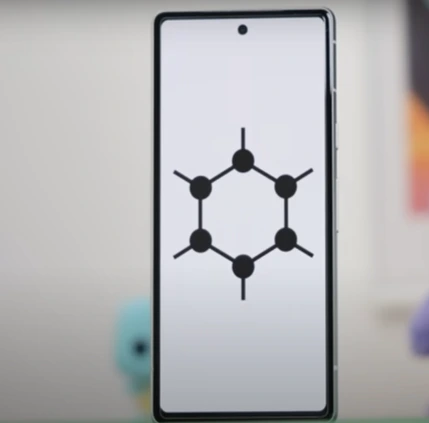
Why GrapheneOS Appeals
- Privacy Protection: No Google tracking, ideal for gamers wary of data collection.
- Android Compatibility: Runs most Play Store games via side-loading.
- Performance: Lean design means fewer background processes hogging resources.
Gaming Highlights in 2025
- Hardened Security: Protects against cheating in online games.
- Custom Builds: Tweaks for gaming performance on supported devices like Pixel 9.
Drawbacks
- Limited Hardware: Only works on select Google Pixel phones.
- Setup Complexity: Requires tech know-how to install.
Verdict
GrapheneOS is a niche pick for privacy buffs who game. It’s not mainstream but offers a unique angle.
Comparing the Top OSes: A Quick Table
| OS | Market Share (2024) | Best For | Pros | Cons |
|---|---|---|---|---|
| Android | 72.04% | Customization, Variety | Huge game library, affordable | Fragmentation, bloatware |
| iOS | 27.49% | Premium Performance | AAA titles, optimization | Expensive, less customizable |
| HarmonyOS | Growing (Asia-focused) | Cross-Device Play | Lightweight, AI-driven | Limited global reach |
| KaiOS | 0.17% | Budget Casual Gaming | Affordable, lightweight | Weak hardware, small screens |
| GrapheneOS | Niche | Privacy-Conscious Gaming | Secure, lean performance | Limited device support |
Emerging Trends in Mobile Gaming OSes for 2025
- Cloud Gaming: Android and HarmonyOS are pushing cloud gaming with 5G, reducing the need for high-end hardware.
- AI Enhancements: iOS and Android are integrating AI to optimize frame rates and battery life dynamically.
- AR/VR Growth: iOS’s ARKit and Android’s ARCore are making augmented reality games mainstream.
- Cross-Platform Play: HarmonyOS and Android are leading the charge for seamless multi-device gaming.
How to Choose the Best OS for Your Gaming Style
- Casual Gamer: Android or KaiOS—affordable and packed with fun titles.
- Competitive Gamer: iOS or Android on a flagship device—top performance and controller support.
- Privacy Fan: GrapheneOS—secure gaming without the Big Tech baggage.
- Ecosystem Lover: HarmonyOS or iOS—perfect for multi-device players.
Final Thoughts: Which OS Wins for Gaming in 2025?
There’s no one-size-fits-all answer—it depends on you. Android reigns supreme for its flexibility, massive game library, and hardware options, making it the best all-rounder. iOS takes the crown for premium performance and exclusive titles, ideal for Apple fans with deep pockets. HarmonyOS is the wildcard to watch, especially if you’re in its ecosystem, while KaiOS and GrapheneOS cater to niche needs.
In 2025, mobile gaming is more exciting than ever, and the right OS can elevate your experience to the next level. What’s your pick? Drop a comment below and let’s geek out over games together!
Disclaimer
The information provided in this blog post, “Best Mobile Operating Systems for Gaming in 2025,” is based on the latest available data, trends, and personal analysis as of March 26, 2025. While we strive to ensure accuracy and relevance, the mobile technology landscape evolves rapidly, and specifications, features, or performance of operating systems and devices may change over time.
This content is intended for informational and entertainment purposes only and should not be considered professional advice for purchasing decisions. We are not affiliated with any of the companies or products mentioned, and opinions expressed are our own. Readers are encouraged to conduct their own research before making decisions based on this post. The author and publisher are not responsible for any outcomes resulting from the use of this information.
Also Read
Privacy-Focused Mobile Operating Systems in 2025

